Hello, reader In this article we will study the difference between Forging and Casting [Notes and PDF] In detail.
First we will study definition of Forging and Casting Process.
What is Forging?
- Forging is a Mechanical process in which we heat the metals to optimum temperature and after that applying external force onto it to get the required shaper and size.
- Some operations are performed through machines and some are by manual.
- The forged material has high strength compared to casting process material.
What is Casting?
- Casting is a process in which molten metals are poured into the die or mold and leave it for cooling to get harden shape.
- In the Casting process, the prototypes are already made. Just we have to pour the molten metal into the required empty space for making the new required component.
- It is similar to forging but there is a difference which will study below.
Difference between Forging and Casting:
| Sl. No | Forging | Casting |
| 1. | A forging components response is better when performing a heat-treatment process. | Casting response is non-uniform Heat treatment. |
| 2. | It refines the grain structure of the casted ingots. | It does not have neither strength nor grain flow. |
| 3. | In this, the production rate is higher because machine utility is more. | The production rate is low in casting as compared to forging. |
| 4. | The forged parts are less costly and it is reliable. | The casted parts are more costly comparatively. |
| 5. | The forged parts are free from porosity and die holes. But | Casting always suffers from porosity. |
| 6. | In forging, the forged parts are having great strength. | Casting does not have strength comparatively as much as have forged. |
| 7. | The process can be automatic. | The casting process are a semi-automatic process. |
| 8. | The complex parts are not easy. | Complex parts are easier for casting. |
| 9. | The performance rate is high. | Low-performance rate. |
| 10. | Forging does not work above the material melting temperature. | It works above melting temperature. |
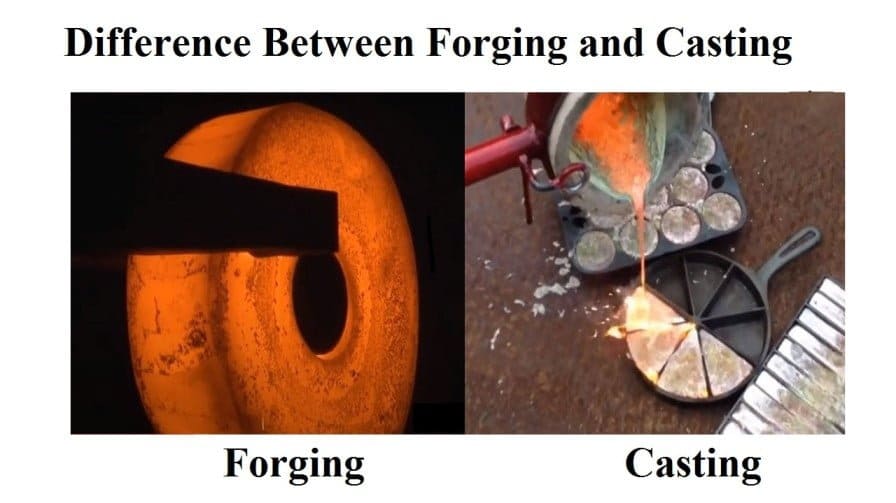

Related Article:
UP Milling vs Down Milling
Laser Beam Machining
Abrasive Jet Machining
Thermoplastic vs Thermosetting plastic
So This is a small presentation on the Difference between forging and Casting. Let me know what another topic I can help you with? Till then Thank you. Do not forget to share on Social Media.
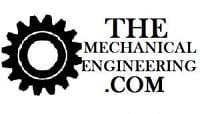

![What are Different Types of Forging Tools and their Uses? [Notes & PDF] Forging Tool](https://themechanicalengineering.com/wp-content/uploads/2021/09/Feature-Image-of-Forging-Tool-300x216.jpg)
![Difference Between Open Belt Drive and Cross Belt Drive [Notes & PDF] DIFFERENCE BETWEEN OPEN BELT DRIVE AND CROSS BELT DRIVE](https://themechanicalengineering.com/wp-content/uploads/2022/01/FEATURE-IMAGE-OF-DIFFERENCE-BETWEEN-OPEN-BELT-DRIVE-AND-CROSS-BELT-DRIVE-300x282.jpg)
![Electrochemical Grinding: Definition, Parts or Construction, Working Principle, Application, Advantages, and Disadvantages [Notes & PDF] FEATURE IMAGE OF ELECTROCHEMICAL GRINDING](https://themechanicalengineering.com/wp-content/uploads/2021/08/FEATURE-IMAGE-OF-ELECTROCHEMICAL-GRINDING-300x169.jpg)
![Electrochemical Deburring: Definition, Parts or Construction, Working Principle, Application, Advantages, and Disadvantages [Notes & PDF] ELectrochemical Deburring](https://themechanicalengineering.com/wp-content/uploads/2021/08/Feature-Image-of-ELectrochemical-Deburring-300x169.png)
![Engine Valve: Definition, Construction, Types, and Working Explained in detail [Notes & PDF] Feature Image of Engine Valve](https://themechanicalengineering.com/wp-content/uploads/2021/09/Feature-Image-of-Engine-Valve-300x222.jpg)
![Thermodynamic Properties: Intensive and Extensive with Example [Notes & PDF] THERMODYNAMIC PROPERTIES](https://themechanicalengineering.com/wp-content/uploads/2021/10/FEATURE-IMAGE-OF-THERMODYNAMIC-PROPERTIES-300x169.jpg)
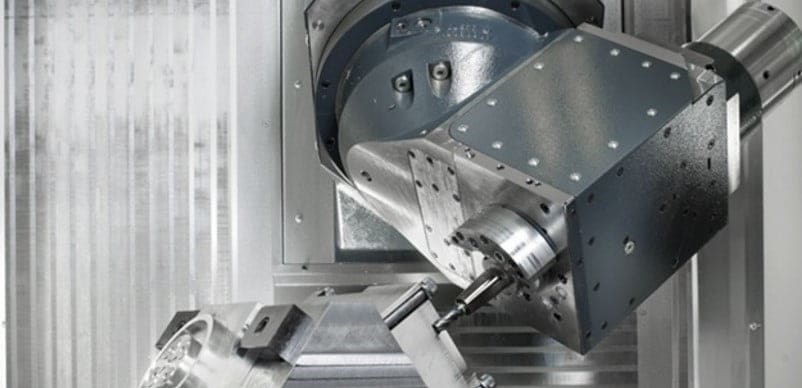
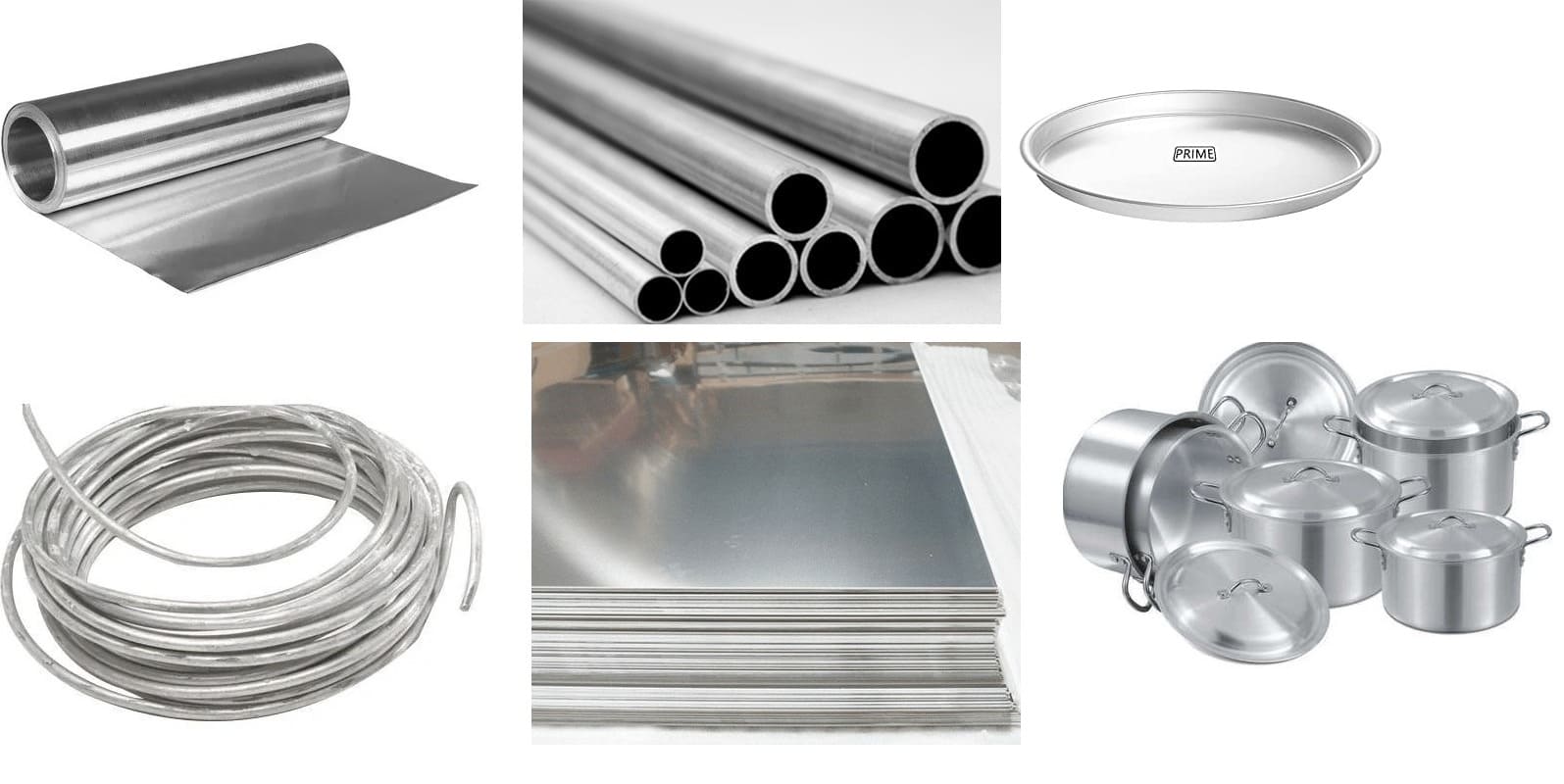
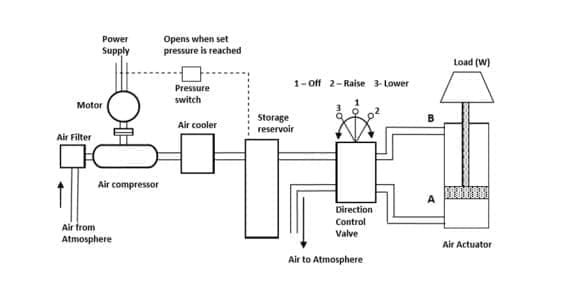
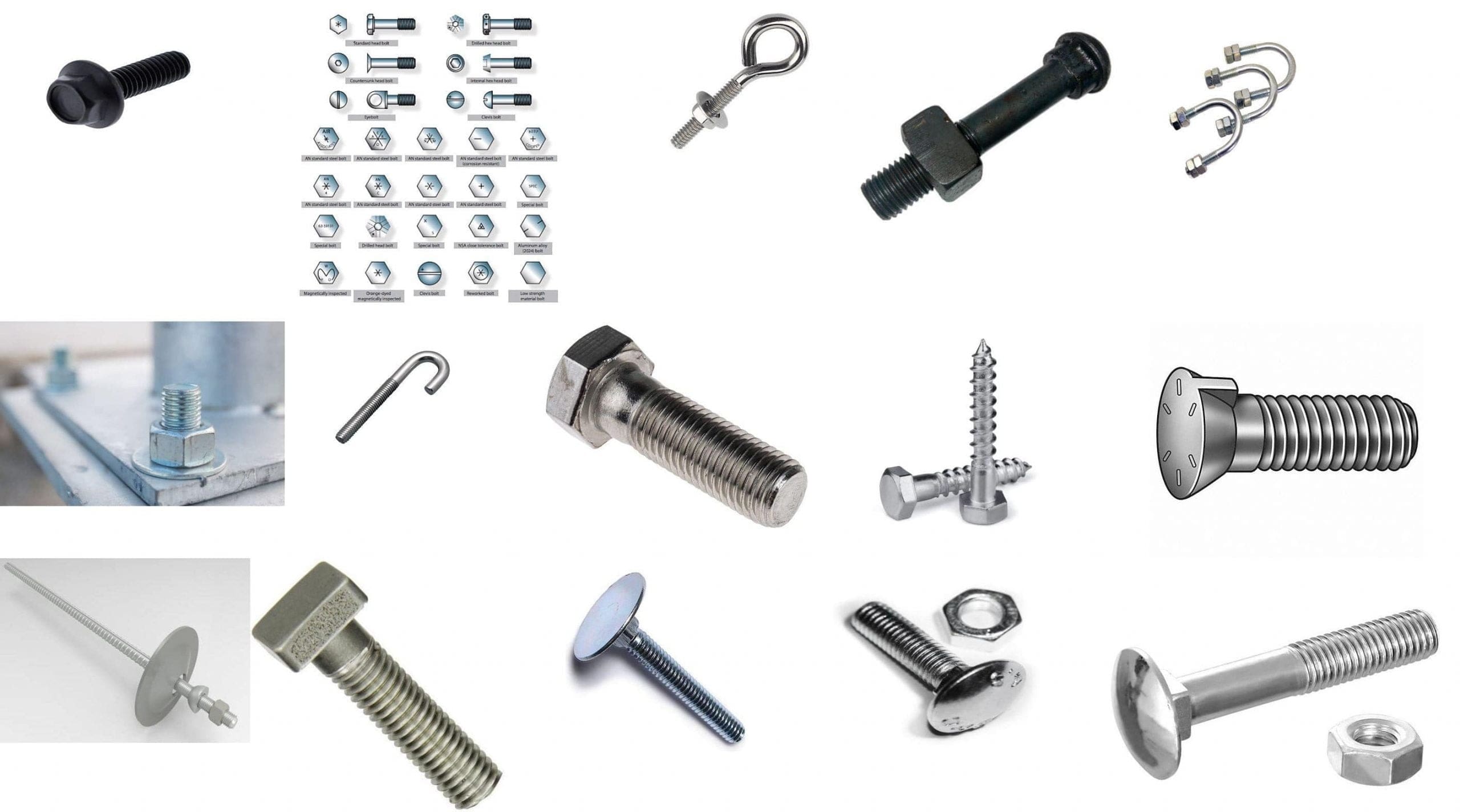
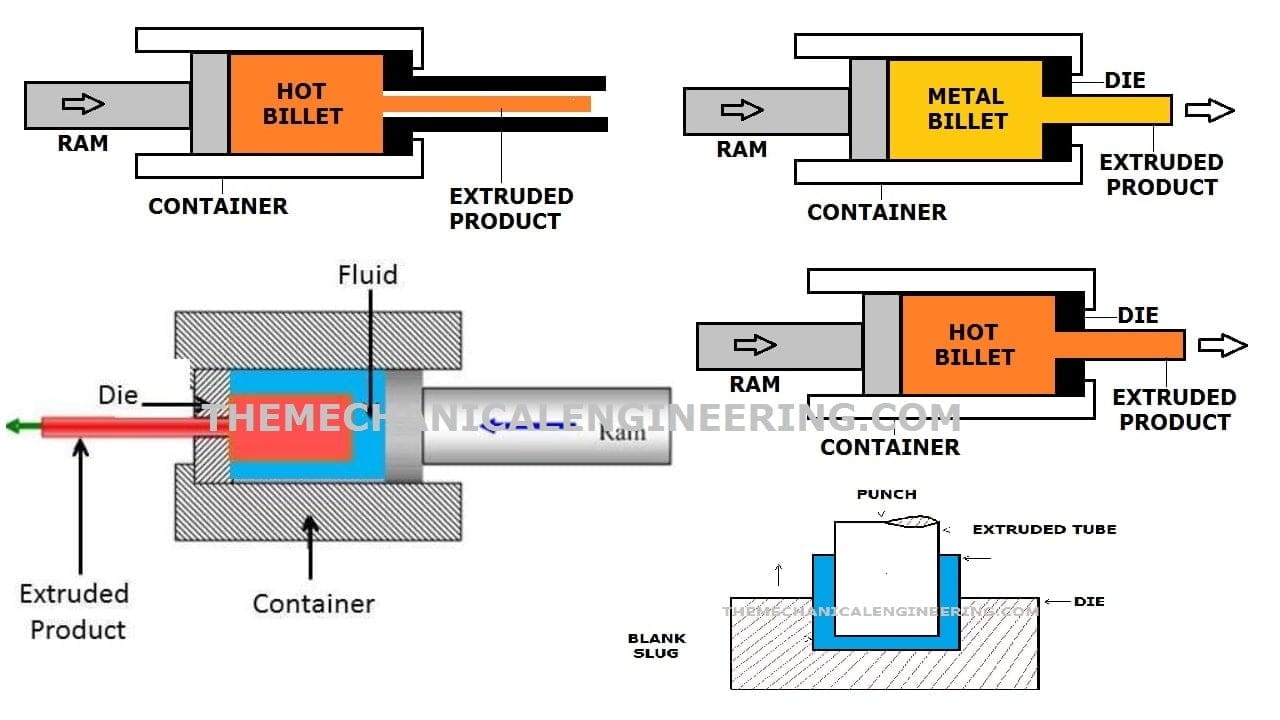
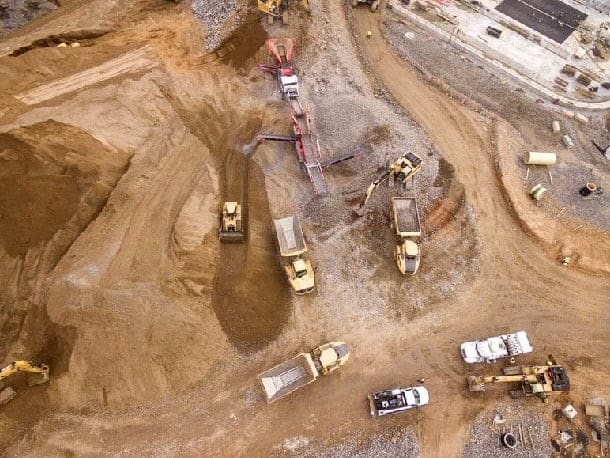
Discussion about this post